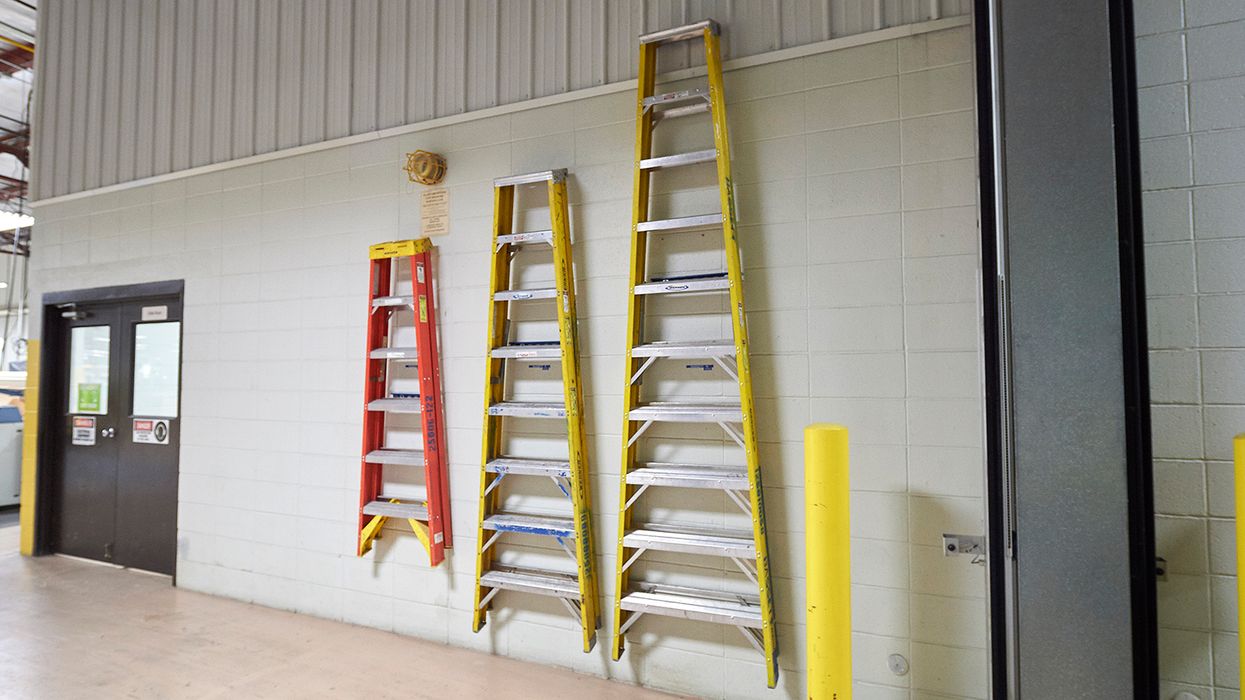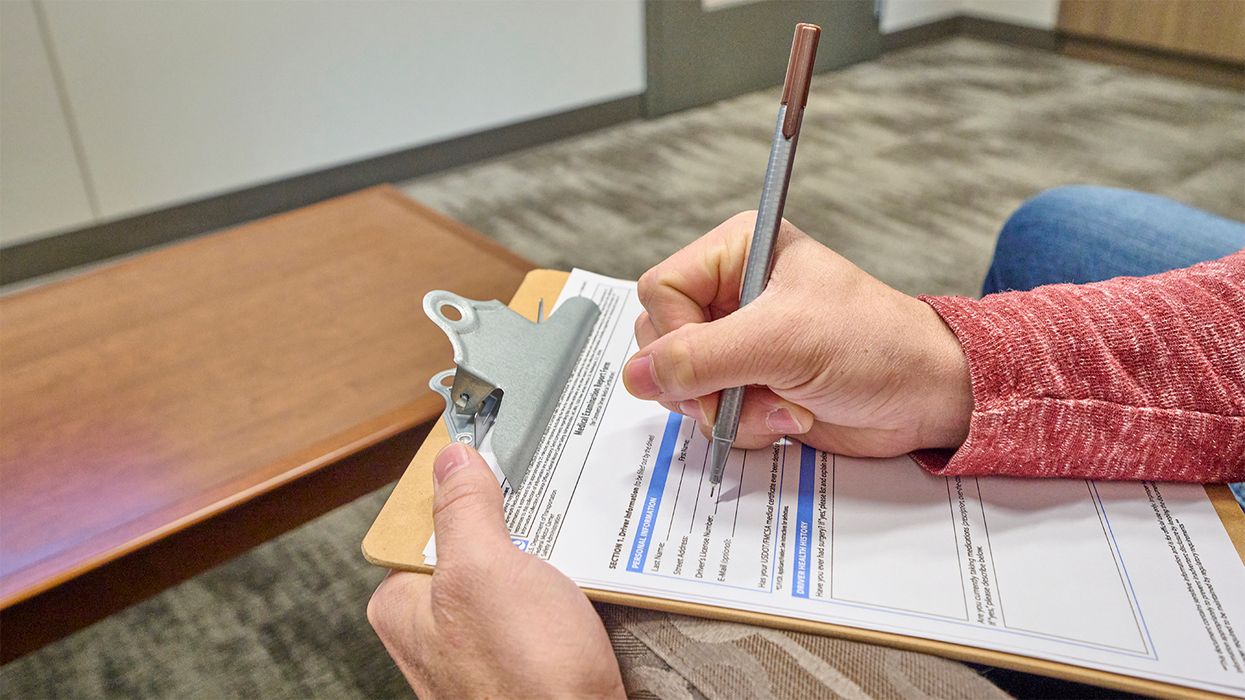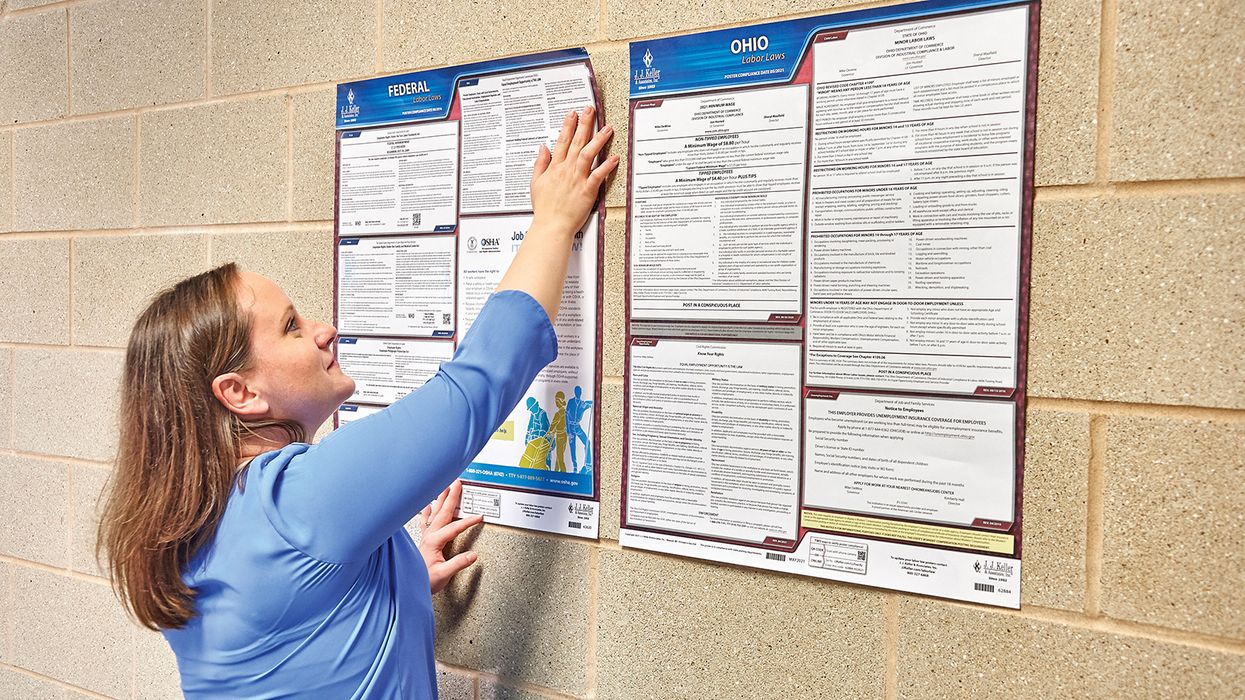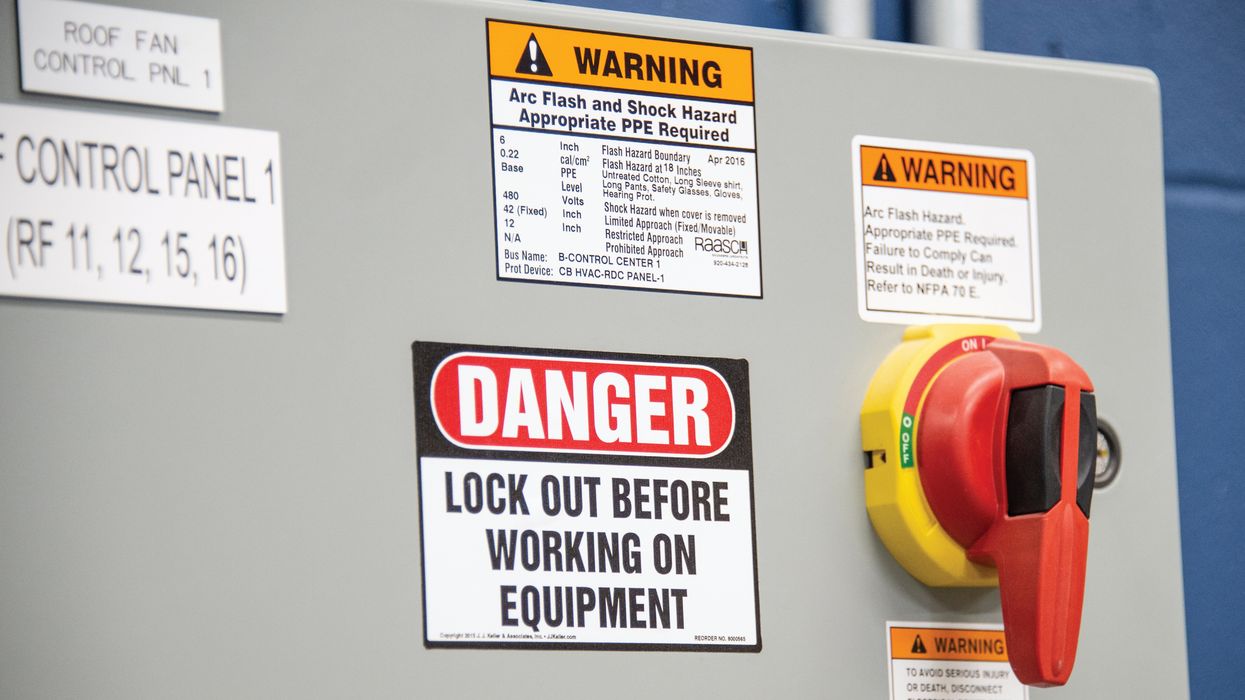Get your employees off the couch - creating a remote-worker ergonomics program
Maintaining remote work flexibility is becoming a pre-requisite for job seekers. In fact, research projects that 25% of high-paying (>$100,000 per year) jobs in North America will be remote by the end of 2022. Even though OSHA rescinded its original ergonomics standard almost 21 years ago, they can and do cite employers for ergonomic hazards under the General Duty Clause. To avoid such penalties, while still protecting their employees and promoting a healthy working environment, the employer should develop and implement a remote-worker ergonomics program.
Ergonomics is the science of equipment design and work area layout intended to reduce worker fatigue, body stress, and musculoskeletal disorders (MSDs). Making the “job fit the worker” by identifying job risk factors and correcting them improves productivity, cuts down on the incidence of workers off the job due to cumulative trauma disorders and lower back injuries, and reduces insurance rates and workers' compensation claims. The remote-work environment adds an additional layer of complexity, which should be addressed in your ergonomics program.
A remote-worker ergonomics program should include:
- A general company policy:
- Showcase management commitment to employee well-being by identifying, controlling, or eliminating remote ergonomic risk factors which cause MSDs on the job.
- Encourage worker participation for continuous improvement and involvement.
- An ergonomics team:
- Identify who is responsible for the ergonomics program, along with any seminars, workshops, certifications, etc. they may have, and attach training materials and certificates if you choose. Include other remote employees, as well as some office-based.
- Injury/medical management:
- Provide information on the company’s chosen health care provider for the treatment of injuries and illnesses associated with ergonomic factors. Describe the reporting process and stress the importance of early reporting to prevent severe/permanent injury.
- Identify problem jobs:
- Evaluate the risk factors associated with remote work (including repetitive motion, fixed or awkward posture and limb positioning, work pace for extended periods of time) and highlight how different work situations can influence the potential for MSD-related injuries/illnesses.
- Solutions:
- Complete a risk factor checklist with your remote workers and ergonomics team to develop possible solutions that will have the most effective impact. Maintain a file of improvements and changes completed.
- Employee training:
- Provide remote workers with a copy of your written ergonomics program. Teach employees how to recognize workplace risk factors, the signs and symptoms of work-related MSDs, early reporting procedures, how the employer will address and control risk factors, along with opportunity to implement control measures and safe work methods.
- Enforcement:
- Ensure remote workers have constant awareness of and respect for ergonomic hazards, and compliance with the remote-work ergonomics program is considered a condition of employment.
Participating in an online meeting at a coffee shop, preparing a PowerPoint presentation while sitting on a couch, typing an email at the kitchen counter – these scenarios and more are part of the reality of a remote-work environment. Add to it a lack of training and enforcement, and you have a classic situation that will lead to an ergonomic issue due to the employee not being fitted for the job.
In 2020 , MSDs impacted 247,950 private industry employees, resulting in injuries that required an average of 14 days away from work. MSDs affect the muscles, nerves, blood vessels, ligaments, and tendons. While the cause of these traumatic injuries and disorders is not readily published, it should be recognized that such MSDs can be prevented through a well-thought out and enforced ergonomics program. In a remote ergonomic situation, this typically means fitting the job to the person by means of supervising and enforcing the proper remote workstation via an effective remote-worker ergonomics program.
Key to remember: Remote-workers need an effective ergonomics program in order to prevent costly musculoskeletal disorders.

































































